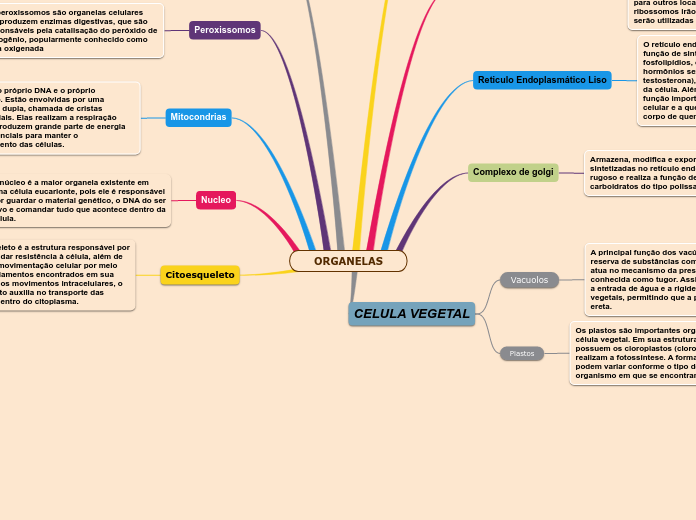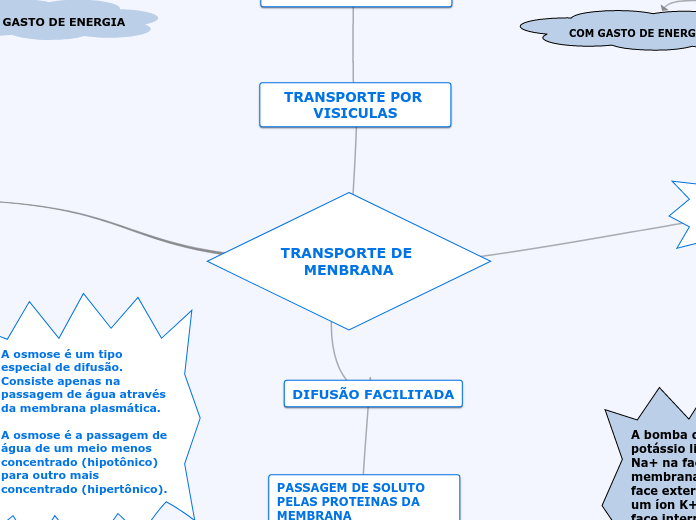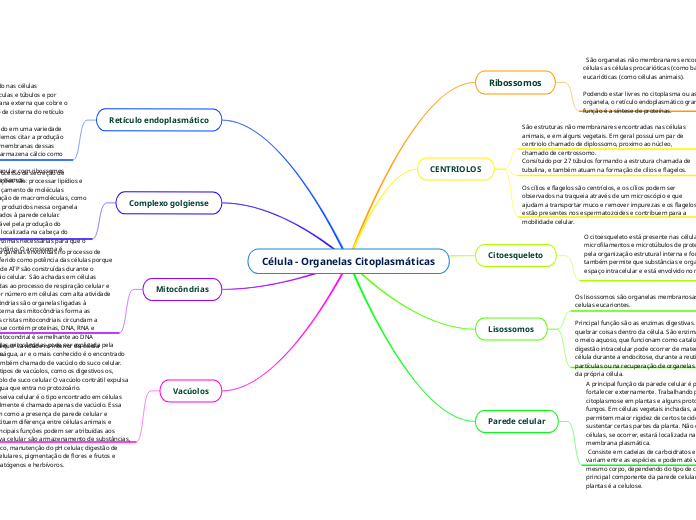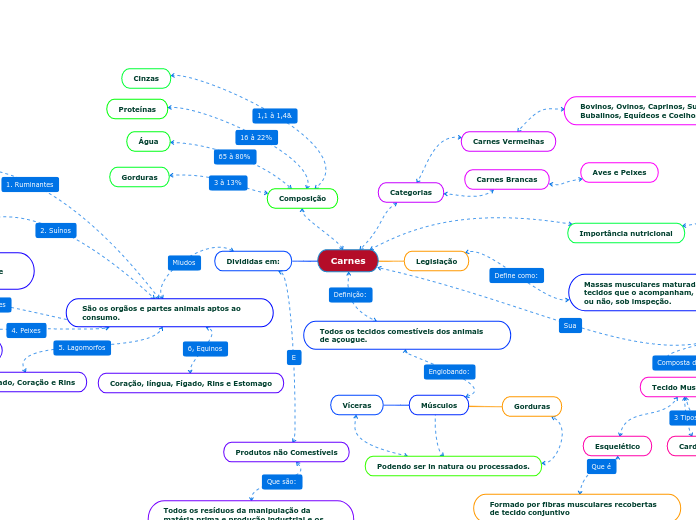ORGANELAS
Type in the name of the book you have read.
Citoesqueleto
O citoesqueleto é a estrutura responsável por sustentar e dar resistência à célula, além de auxiliar na movimentação celular por meio dos microfilamentos encontrados em sua estrutura. Nos movimentos intracelulares, o citoesqueleto auxilia no transporte das organelas dentro do citoplasma.
Nucleo
Type the main events of the book, classifying them in: events from the beginning, events from the middle, and events from the end of the book.
Describe the story visually. Add a representative picture for each of them.
O núcleo é a maior organela existente em uma célula eucarionte, pois ele é responsável por guardar o material genético, o DNA do ser vivo e comandar tudo que acontece dentro da célula.
Mitocondrias
In contrast to the main idea, the theme is the message, lesson or moral of the book.
Some tips to find out the theme of the book easier:
- Try to find it while you are reading. It may be stated or implied.
- Think about how the characters reacted to obstacles.
- Think about the important decisions that the characters made.
- Think about the characters growing or changing throughout the book.
possuem o próprio DNA e o próprio ribossomo. Estão envolvidas por uma membrana dupla, chamada de cristas mitocondriais. Elas realizam a respiração celular e produzem grande parte de energia (ATP) essenciais para manter o funcionamento das células.
Peroxissomos
Os peroxissomos são organelas celulares que produzem enzimas digestivas, que são responsáveis pela catalisação do peróxido de hidrogênio, popularmente conhecido como água oxigenada
Take notes while you read the book. Write here your favorite quotes from the book.
Lisossomos
Take notes while you read the book. Type here the resources, books, or websites that the author mentioned and you want to check out later.
Os lisossomos são organelas celulares que contêm substâncias digestivas formadas no retículo endoplasmático rugoso e amadurecidas pelo complexo golgiense. Assim, sua função é digerir moléculas orgânicas como lipídios, carboidratos, proteínas e ácidos nucleicos
CELULA VEGETAL
Plastos
Os plastos são importantes organelas da célula vegetal. Em sua estrutura elas possuem os cloroplastos (clorofila) que realizam a fotossíntese. A forma e o tamanho podem variar conforme o tipo de célula e organismo em que se encontram.
Vacuolos
A principal função dos vacúolos é garantir a reserva de substâncias como a seiva, que atua no mecanismo da pressão osmótica, conhecida como tugor. Assim, o tugor regula a entrada de água e a rigidez dos tecidos vegetais, permitindo que a planta fique mais ereta.
Complexo de golgi
Armazena, modifica e exporta as proteínas sintetizadas no retículo endoplasmático rugoso e realiza a função de sintetizar carboidratos do tipo polissacarídeos
The main idea is what the book is mostly about.
Some tips to find out the main idea of a book easier:
- Read the title.
- Look for the text features.
- Figure out if you are reading a fiction or a non fiction book.
- Think about some examples that support this idea.
Reticulo Endoplasmático Liso
Type the names of the book characters. Start with the main character.
Draw arrows to represent the relationship between them and if it is possible write on them what they represent for each other (if they are relatives, friends, lovers, enemies etc.)
O retículo endoplasmático liso possui a função de sintetizar lipídeos, a exemplo dos fosfolipídios, óleos e esteroides (incluindo os hormônios sexuais estrogênio e testosterona), promovendo a desintoxicação da célula. Além disso, ele desempenha outra função importante que é o metabolismo celular e a quebra do álcool presente no corpo de quem ingere bebida alcoólica.
Reticulo Endoplasmatico Rugoso
What is the reason why the author wrote the book?
Recebe esse nome devido a sua estrutura rugosa e a presença de vários grânulos (ribossomos), além disso possui um formato achatado. A sua principal função é fazer a sintetização de proteínas e transportá-las para outros locais fora da célula. Já os ribossomos irão sintetizar as proteínas que serão utilizadas no interior da célula.
Citosol
Who is the author of the book? Type in his/her name.
Armazena substâncias que são usadas pelas células. Ele é um líquido gelatinoso, que pode possuir consistência mais fluída ou viscosa, além de ser rico em água, proteínas dissolvidas, eletrólitos, glicose, compostos lipídicos e substâncias que irão comportar as organelas celulares e o citoesqueleto.









